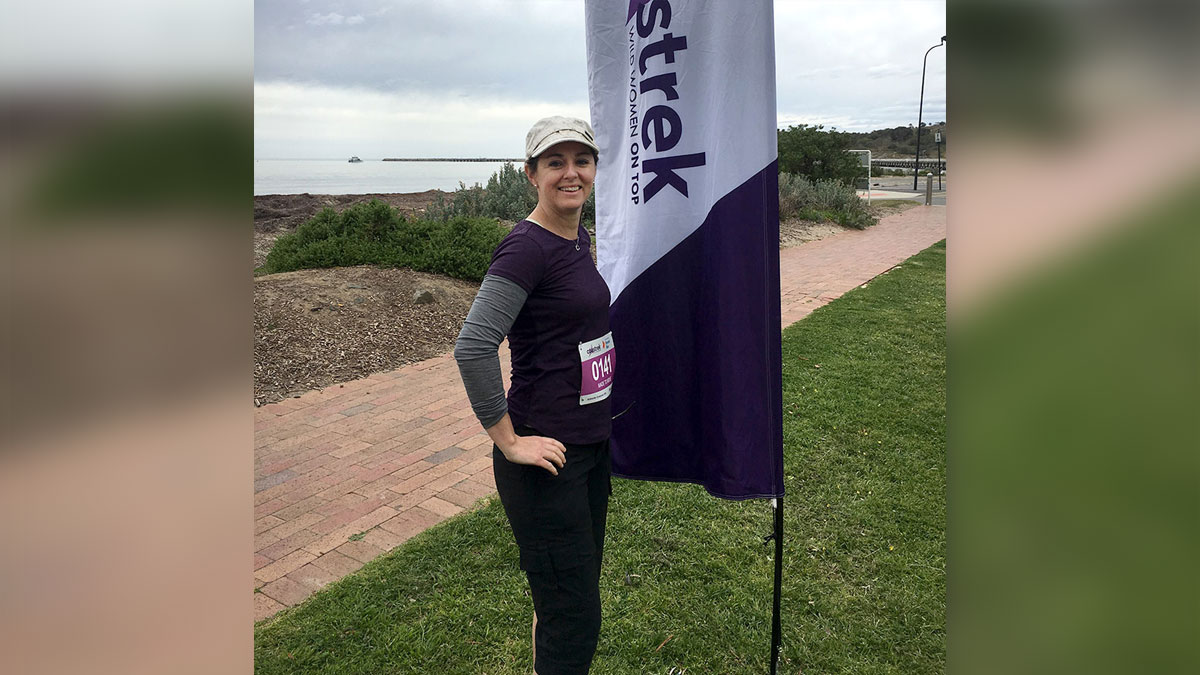
Beat The Blisters
Here are a few top tips to help you with foot care and blister management during your hikes outside.
Many of you will know that here at the Salus Foot Surgeon office, we promote and encourage a healthy, active lifestyle. Spending time outside and in nature, has been shown to improve health and well being. I have just completed the Adelaide Coastrek, a hike to raise money and awareness for the Beyond Blue organisation. My feet were in good shape at the end.
Prevention Is The Best Cure
- Try to keep your feet clean and dry as much as possible. Damp socks and shoes will cause the skin to macerate – what it looks like when you have spent too much time in the water, all wrinkled. With that, the skin is soft and is easy to break down causing wounds.
- Avoid sand in your shoes as much as possible. Sand is abrasive to the skin and will irritate and cause skin breakdown and wounds.
- Try out your equipment on shorter walks before you go on a long hike.
- Ensure your boots or shoes are properly fitted.
- Wear boots or shoes that are appropriate for the environment you are planning to walk or hike in. For example, “flip flops” or “thongs” are a poor choice of hiking shoe with no protection against rocks or stones, a thin sole, no protection against heat or cold and will contribute to muscle pain given the lack of support.
- Treat the skin “hot spots” as soon as you start to feel them. Dress the area with a blister dressing, or cover the area with tape such as leucoplast to prevent further skin breakdown. Remember that leucoplast or similar tapes may peel off the top layer of a newly forming blister, so best to cover the skin with a dressing first if this is the case. Comfeel dressings or similar, are also a great way to reduce further skin breakdown or use to cover new blisters.
- Socks are very important. Choose a natural material such as wool. These will help to wick moisture away from the skin. They also help to reduce skin irritation and blister formation.
- You may find wearing a thin undersock is comfortable for you such as a thin silk sock. Advantages include the natural fibre, they are smooth and slippery to help reduce skin friction and may provide increased warmth.
- Layering is an important principle in dressing for the outdoors and the feet are no exception.
- Don’t forget to clean your feet and change into clean, dry shoes and socks once you are finished your hike. You may need spare socks for the hike.
- Practice daily foot care in between exercising to reduce problems.
Enjoy your walk!
If you want to know more about blister prevention, please contact orthopaedic surgeon Dr Danielle Wadley to discuss your options. 07 5645 6913.